Clearly outline the principles of fairness and equality in the work place in a real or simulated tourism, hospitality or events industry business activity where communication with socially diverse customers and colleagues takes place.
It's important in the workplace that every is given equal opportunities no matter their gender, religion, ethnicity, martial status or sexual orientation.This means both the employer and employee must respect each other. The employer must follow the rules and regulations of running their business such as proper pay, contracts, hours given and appropriate behaviour towards employees.
List 15 social and cultural differences and/barriers you will experience when dealing with colleagues and customers in the workplace.
1. Religious beliefs
2. Age
3. Gender
4. Culture
5. Language
6. Range of opinions
7. Class
8. Sexual identity
9. Ethnicity
10. Disabilities
11. Family obligations
12. Body language (e.g. Eye contact)
13. Dress (e.g. traditional wear)
14. Geography
15. Social values and beliefs
From the list above, describe 5 ways you can attempt to overcome language barriers.
1. Using hand gestures
2. Eye contact
3. Translator
4. Writing down messages or drawing
5. Talking slowly and using simple language
Describe how physical disabilities can be accommodated and considered in the workplace.
There are several ways physical disabilities can be accommodated in the workplace such as a ramp for entry, elevator, special chair lift for staircase, translator for the deaf, braille could added to documents for an individual, clear walkways, suitable seating and a efficient computer system. The workplace also should have disabled parking and other workers should assist them, if necessary.
Describe the state, territory and commonwealth anti-discrimination laws that relate to:
- Treating Customers and colleagues fairly and equitably
Fair Work Act 2009
Workplace relations must be fair for all workers, this means ensuring safety, a fair wage, freedom of association and personal beliefs, and assisting employees when needed.
- To not discriminate, show partially or grant and special favours on the basis of social and cultural attributes.
- Not threaten, humiliate or intimidate people because of their social or cultural attributes.
Anti-Discrimination Act 1977
No individual should be treated differently or unfairly because of their gender, race, sexual identity, religion or disabilities. We should accept people's differences and not make them feel left out based on any cultural/social attributes.
New South Wales Anti-Discrimination Act 1977 (NSW)
People are not allowed to be racist against colour or cultural backgrounds, discriminate towards those of transgender, pregnant, martial status or disability. The education system, employers, trade unions, clubs, transport, qualified bodies, government agencies and customer services should be available for all individuals.
These also cover those issues:
- Age Discrimination Act 2004
- Australian Human Rights Commission Act 1986
- Disability Discrimination Act 1992
- Racial Discrimination Act 1975
- Sex Discrimination Act 1984
Research information about characteristic of ;
- Different cultural groups in Australia. Include Indigenous, as well as those with varying cultural and religious backgrounds.
"The Australian Census of Population and Housing is a rich source of data
about Australians and their cultural characteristics. In 2011, the
Census revealed that over a quarter (26%) of Australia's population was
born overseas and a further one fifth (20%) had at least one
overseas-born parent. Throughout the 100 years since the first National
Census in 1911, migrants have made up a large component of the
Australian population. Historically, the majority of migration has come
from Europe, however, there are increasingly more Australians who were
born in Asia and other parts of the world. This pattern of migration is
evident in the make up of the richly diverse society which has been
recorded in the 2011 Census. This diversity can be seen in the variety
of languages, religions, ancestries and birthplaces reported by
Australians" (ABS, 2013).
Capital city and non-capital city balance for first generation (overseas-born) Australians(a)(b):

For further information
click here.
While as for indigenous people: "In 2011, there were 548,370 people identified as being of Aboriginal
and/or Torres Strait Islander origin and counted in the Census. Of these people, 90% were of Aboriginal origin only, 6% were of Torres
Strait Islander origin only and 4% identified as being of both
Aboriginal and Torres Strait Islander origin. These proportions have
changed very little in the last ten year period. In the Northern Territory, just under 27% of the population identified
and were counted as being of Aboriginal and/or Torres Strait Islander
origin in the 2011 Census. In all other jurisdictions, 4% or less of the
population were of Aboriginal and/or Torres Strait Islander origin.
Victoria has the lowest proportion at 0.7% of the state total" (ABS, 2011).
For further information
click here.
Now that we have shown how diverse Australia is, it's time to closely look at some of our most common cultural groups.
1. China
The Chinese culture is very old, lasting over 5000 years. Their new year begins around a month later than most people and have many festivals they celebrate throughout the year such as the Zhongyuan festival. They believe in myths and legends, the dragon a significant symbol within their culture.
Religion in Australia:
Christianity is still identified as a major religion in Australia.
http://religionsforpeaceaustralia.org.au/news/349-australias-religious-profile-from-the-2011-census.html
http://www.international.unsw.edu.au/living-sydney/religion/
- The main inbound tourist markets and the key aspects of their cultural and religious protocols.
Popular markets:
- China
Key aspects of cultural and religious beliefs:
- Philosophical thinking (Confucianism)
- Buddhism
- Taoism
- There are 56 different groups of cultures within China such as Han Chinese.
- UK
- Christianity and Islam are the most popular religions.
- US
Australia's tourism is booming thanks to Asia:
http://www.inboundtourism.com.au/article_five.html
Explain and describe 3 communication strategies when dealing with customers and colleagues to avoid cross-cultural misunderstandings and difficulties in the workplace.
-Simple English
By using simple instructions or directions, or even just in general conversation, use easy words that most cultures understand. This may also include talking slower and saying things such as "How can I help you?"
Don't use any fancy words, otherwise you most likely will get a blank stare instead.
- Hand gestures
When communicating with someone from a different culture an easy way to demonstrate things is by using your hands. This may include pointing, making symbols, clapping, thumbs up for yes or waving your hands to get their attention.
- Signs
When in the workplace signs can be posted up around the space to remind people to do things. A lot of the symbols used in signs are universal such as 'Stop', 'Toilet' or do not smoke etc. This means people of different cultures should be able to understand the message. You could also have signs with multiple languages on it for direct notice.







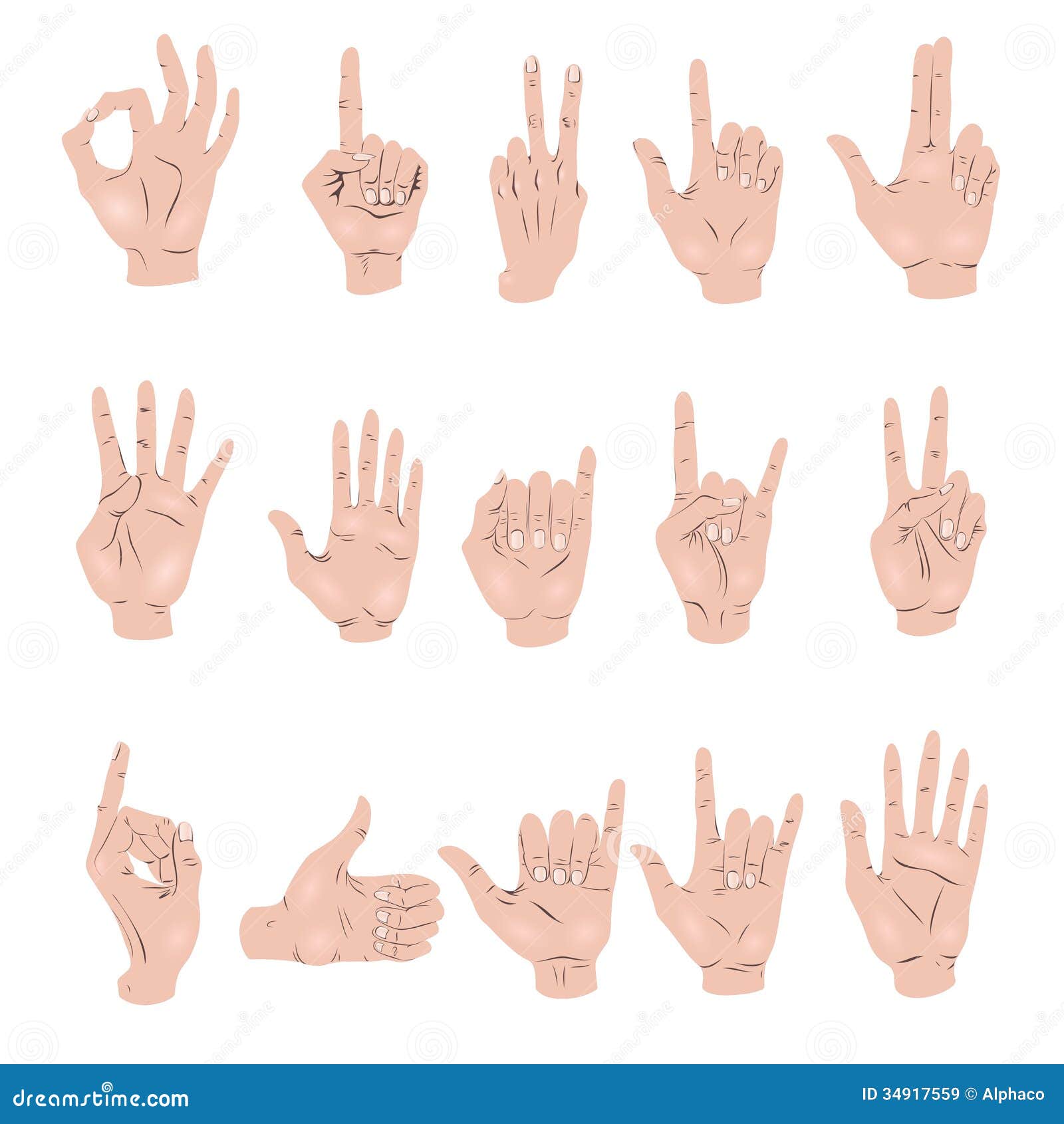
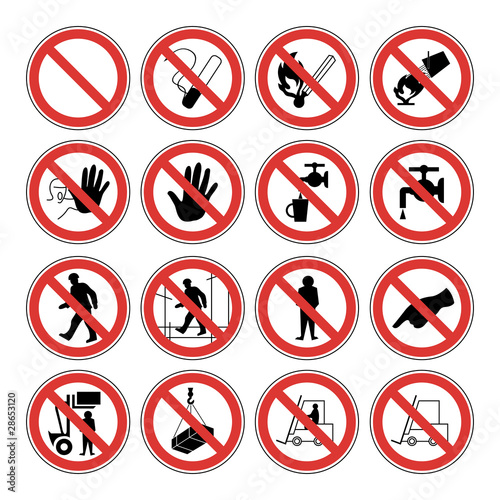

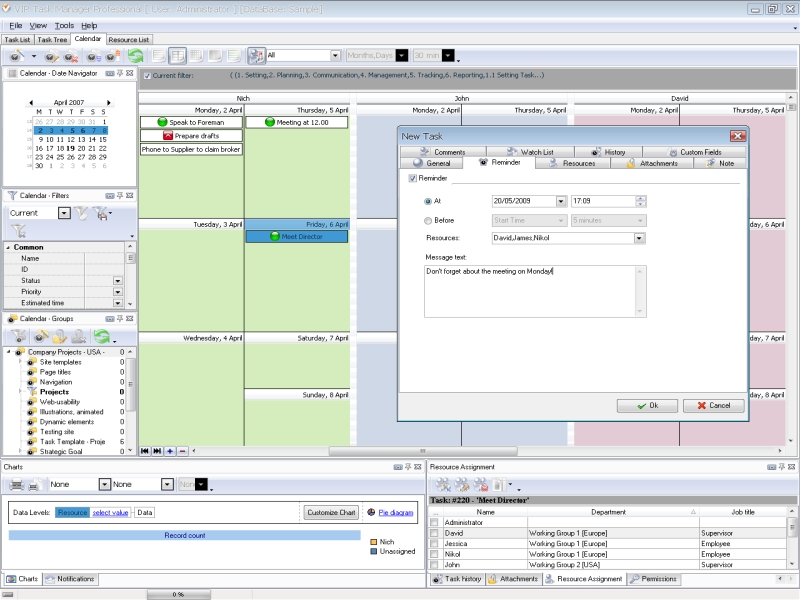


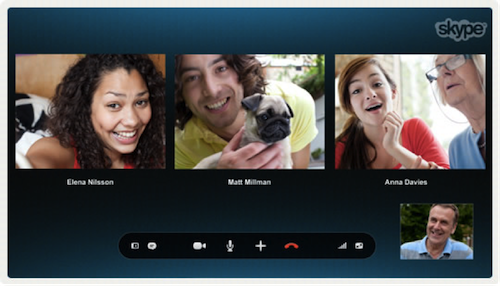















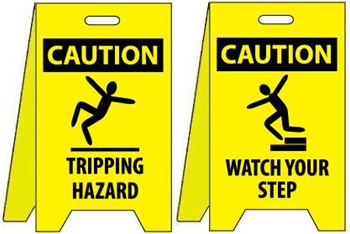












.jpg)
.jpg)
.jpg)


.jpg)
